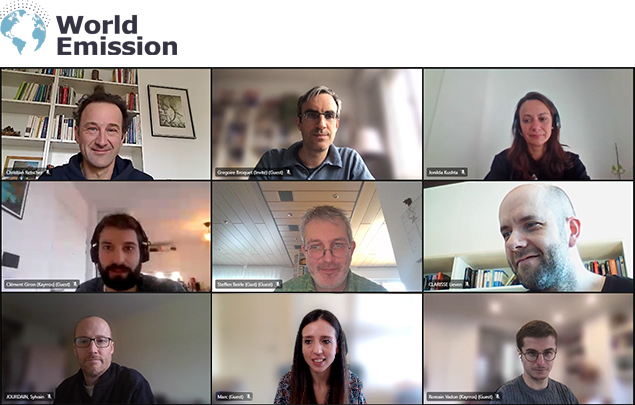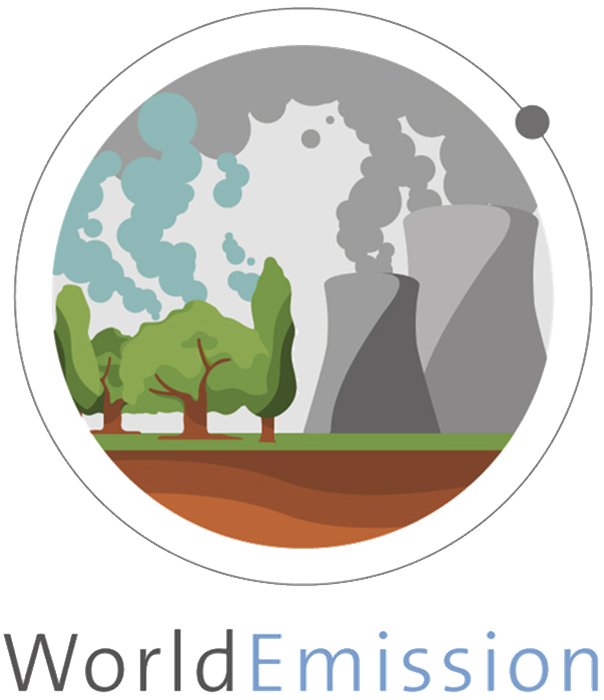
On March 4, the kick-off event of the World Emission project, funded by the European Space Agency, took place as part of the EO Science for Society initiative. GMV is leading the business consortium that will develop this project with the aim of improving the global emissions inventory service extracted from earth observation satellite data.
Emission inventories provide essential information on the emission of pollutants or greenhouse gases into the atmosphere, such as their magnitude, the type of activity they originate from, their changes over time, and spatial coverage. These inventories are created to provide qualified scientific information on a regular basis to governments, subsidiary bodies, and policymakers to assess the progress of emission reduction measures and to decide on future strategies. These inventories are also used as input in scientific models at different geographic scales.
The World Emission consortium is made up of the industrial entities GMV, Capgemini and Kayrros, the Climate and Environmental Sciences Laboratory of the Pierre Simon Laplace Institute, the Max Planck Institute of Chemistry, the Free University of Brussels, the Cyprus Institute and the National Supercomputing Center (BSC). In addition, it has the support of the Free University of Amsterdam.
Over the project’s 24-month duration, existing inventories and the quality of the algorithms used will be evaluated to expand the range of gases emitted and emission sources, as well as the geographic areas monitored, in close collaboration with end-user organizations. Work will be done to improve recording algorithms and increase the spatial and temporal resolution of the inventories.
More about EO Science for Society:
The EO Science for Society initiative is based on four principles: promoting scientific excellence, leadership in EO applications to support international policies, collaborating through different platforms, and promoting downstream industry.
EO Science for Society is one of the pillars of the Earth Observation Envelope Program (EOEP). This program was designed to implement ESA’s strategy to derive the maximum benefit in applying Earth observation missions for science, society, and economic growth.

